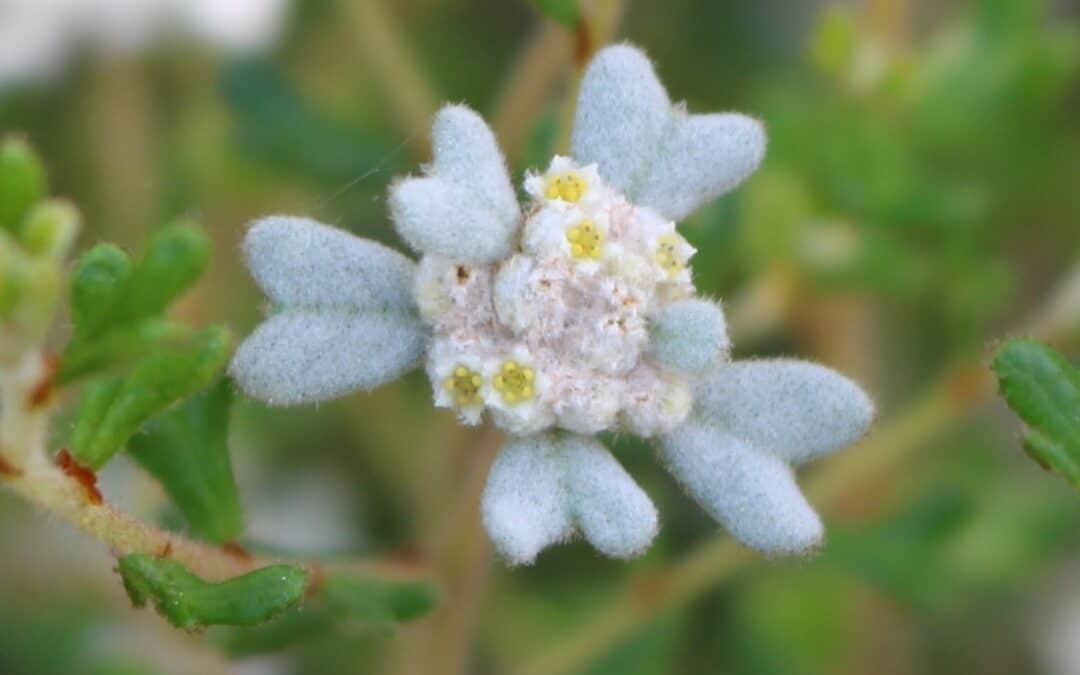
Jul 28, 2023 | News
Australia lacks the seed supplies, knowledge for nature repair market, experts say – Carbon Pulse, 26 July 2023
“The ANPC has identified a “high level of concern” across the native seed sector that future demand for seed would be difficult to meet from the wild.
“This is due to the high costs of seed collection and the lack of seed from a broad range of the species that are critical for restoration.
“There may not be enough native seed in many regions to support the large-scale restoration required for landscape recovery.
“The ANPC said the further development and funding of seed production areas – where native species are cultivated for their seeds, like agricultural crops – would be critical to meeting seed needs and preserving wild populations.
“High quality seed from a range of native species is the foundation for restoring many of our threatened plants and natural landscapes.”
Read the full article here.
Download the ANPC’s Australian Native Seed Survey Report for more information on this issue.
Image: Collecting Nitre Goosefoot (Chenopodium nitrariaceum) seed (Sue Logie)

Jul 26, 2023 | Events Category, News

Myrtle Rust threatens an estimated 350 Australian plants, killing new growth, buds and flowers, meaning severely impacted species can no longer reproduce. Worst affected species will disappear from the wild. Myrtle Rust is having such a devastating impact on some native plants, that scientists, community groups and First Nations groups in Australia and New Zealand are working together to devise an Australasian response. In June 2023 over 100 experts from around the globe met in Sydney to share knowledge in the inaugural Australasian Myrtle Rust Conference, supported by the Australian Network for Plant Conservation.
Download the Summary of Proceedings of the Australasian Myrtle Rust Conference here [PDF link]

Attendees were buoyed by the breadth of work and dedication to preventing Myrtle Rust extinctions. They were simultaneously unanimous in the sentiment that stronger leadership, greater coordination, and long-term funding were the crucial missing elements. Priority next steps include improved sharing of resources and of research and its outcomes, and refining priority species and actions for conservation efforts to maximise the involvement of researchers, communities and land managers.
Several key themes emerged from the 50 presentations given during the conference, giving rise to potential simultaneous directions to tackle Myrtle Rust incursions and extinctions:

International guest speaker Dr Richard Sniezko from the US Department of Agriculture Forest Service, presenting on developing disease resistance tree populations for restoration. Credit: Dan Turner


Jul 28, 2023 | News
Thanks to funding from DEECA Victoria’s Nature Fund,
Royal Botanic Gardens Victoria will be leading research to conserve 24 threatened Victorian plant species as part of the ‘Preventing the extinction of Victoria’s threatened flora’ project. Stay tuned over the next year to hear more about the incredible plants being conserved for future generations.
One of these plants, and the first to be featured over the next 12 months, is
Spyridium furculentum (forked spyridium).

Considered Critically Endangered in Victoria under the Flora and Fauna Guarantee Act, this rare species is endemic to heathy mallee in western Victoria – where it is only known from a few locations.
Forked spyridium is a shrub that grows to approximately 1.6 m tall, and the young branches are covered with star-shaped (stellate) hairs giving them a soft, furry appearance.
Ahead of field work later this year when populations will be surveyed and samples collected to characterise the genetic diversity of those populations, scientists are investigating seed viability and germination of seed collections held in the Victorian Conservation Seedbank (VCS) at Royal Botanic Gardens Victoria.
The VCS holds collections of over 880 rare and threatened Victorian plant species for long-term conservation and this includes nine collections of Spyridium furculentum made since 2004. Like many species in the family Rhamnaceae, seeds of forked spyridium have a hard seed coat which acts as a physical barrier to water uptake and germination, so a dry heat treatment will be used to break this physical dormancy and enable germination. Seedlings will then be grown on to bolster populations in the wild.
This project is led by Royal Botanic Gardens Victoria in partnership with La Trobe University, Australian Network for Plant Conservation, DEECA, Trust for Nature, ENVITE, Bairnsdale & District Field Naturalists Club, Friends of the Grampians Gariwerd, Halls Gap Botanic Gardens and the Australasian Native Orchid Society Victorian Branch.
Image: Jo Lynch







